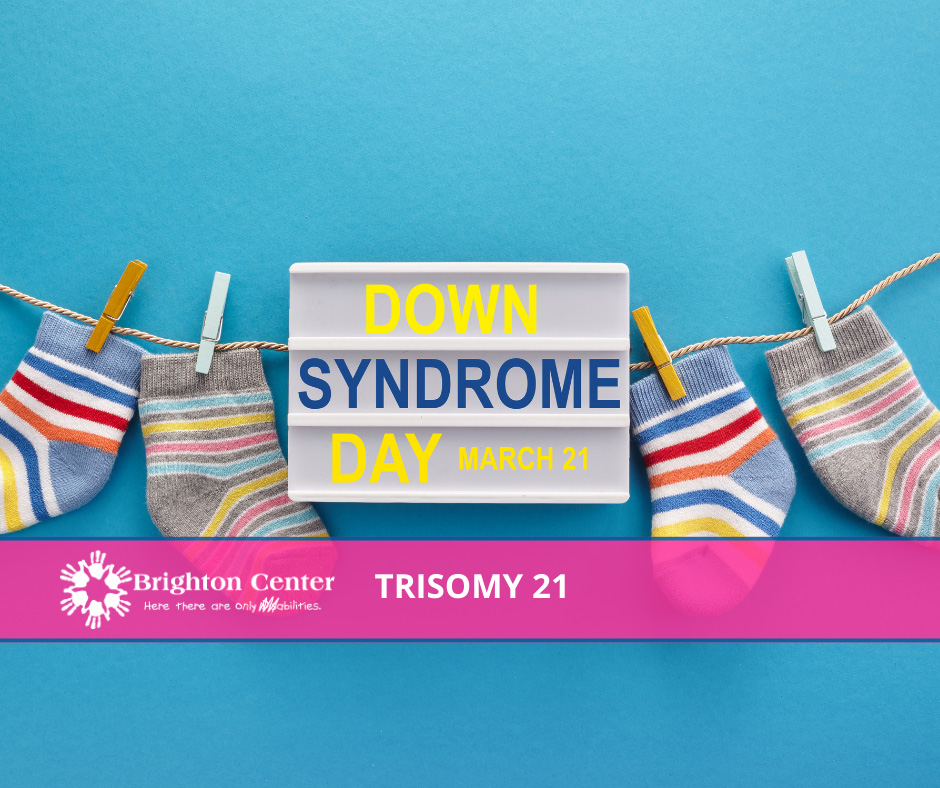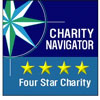World Down Syndrome Day is a day dedicated to all individuals with Down Syndrome. Trisomy 21 is the clinical way of saying Down Syndrome, which is the third copy on the 21st chromosome.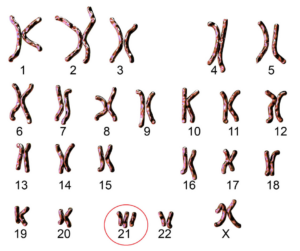 The date for World Down Syndrome Day being the 21st day of the 3rd month was selected to signify the uniqueness of the triplication (trisomy) of the 21st chromosome which causes Down Syndrome. With this in mind, Brighton Center would like to take this opportunity to share some information about Down Syndrome and how World Down Syndrome Day is observed.
The date for World Down Syndrome Day being the 21st day of the 3rd month was selected to signify the uniqueness of the triplication (trisomy) of the 21st chromosome which causes Down Syndrome. With this in mind, Brighton Center would like to take this opportunity to share some information about Down Syndrome and how World Down Syndrome Day is observed.
What is Down Syndrome?
Down Syndrome is a condition in which a person has an extra chromosome. Chromosomes are small “packages” of genes in the body. They determine how a baby’s body forms and functions as it grows during pregnancy and after birth. Typically, a baby is born with 46 chromosomes. Babies with Down Syndrome have an extra copy of one of these chromosomes, chromosome 21.
A medical term for having an extra copy of a chromosome is ‘trisomy.’ Down Syndrome is also referred to as Trisomy 21. This extra copy changes how the baby’s body and brain develop, which can cause both mental and physical challenges for the baby.
While some individuals with Down Syndrome may act and appear similar, each has unique skills. Individuals with Down Syndrome typically have mildly to moderately low IQs (a measure of intelligence) and speak more slowly than other children.
Some common physical features of Down Syndrome include: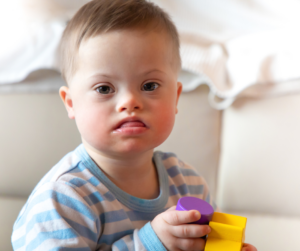
- A flattened face, especially the bridge of the nose
- Almond-shaped eyes that slant up
- A short neck
- Small ears
- A tongue that tends to stick out of the mouth
- Tiny white spots on the iris (colored part) of the eye
- Small hands and feet
- A single line across the palm of the hand (palmar crease)
- Small pinky fingers that sometimes curve toward the thumb
- Poor muscle tone or loose joints
- Shorter in height as children and adults
How Many Babies are Born with Down Syndrome?
In the US, Down Syndrome continues to be the most often identified chromosomal disorder. Additionally, in the US, over 6,000 newborns are born with Down Syndrome each year. According to this, approximately 1 in 700 infants have Down Syndrome.
Types of Down Syndrome
There are three varieties of Down syndrome. Due to the similarity of the physical characteristics and behaviors, it is frequently impossible to distinguish between each kind without looking at the chromosomes.
Trisomy 21: About 95% of people with Down syndrome have Trisomy 21. With this type of Down Syndrome, each cell in the body has 3 separate copies of chromosome 21 instead of the usual 2 copies.
Translocation Down Syndrome: This type accounts for a small percentage of people with Down Syndrome (about 3%).2 This occurs when an extra part or a whole extra chromosome 21 is present, but it is attached or “trans-located” to a different chromosome rather than being a separate chromosome 21.
Mosaic Down Syndrome: This type affects about 2% of the people with Down Syndrome. In fact, Mosaic means mixture or combination. For children with Mosaic Down Syndrome, some of their cells have 3 copies of chromosome 21, but other cells have the typical two copies of chromosome 21. Furthermore, children with Mosaic Down Syndrome may have the same features as other children with Down Syndrome. However, they may have fewer features of the condition due to the presence of some (or many) cells with a typical number of chromosomes.
Causes and Risk Factors
The extra chromosome 21 leads to the physical features and developmental challenges that can occur among people with Trisomy 21. Researchers know that Down Syndrome is caused by an extra chromosome, but no one knows for sure why Down Syndrome occurs or how many different factors play a role.
One factor that increases the risk for having a baby with Down Syndrome is the mother’s age. Women who are 35 years or older when they become pregnant are more likely to have a pregnancy affected by Down Syndrome than women who become pregnant at a younger age. However, the majority of babies with Down syndrome are born to mothers less than 35 years old, because there are many more births among younger women.
HOW TO OBSERVE WORLD DOWN SYNDROME DAY, MARCH 21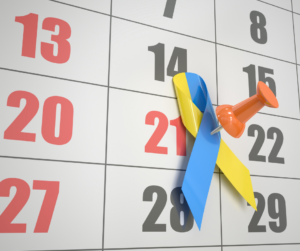
World Down Syndrome Day is an occasion designed to increase public awareness, foster inclusivity, foster advocacy, and support the wellbeing of those living with Down Syndrome. March 21 was chosen as the date to commemorate the chromosomal defection associated with Down Syndrome (the twenty-first day of the third month).
On this day, individuals with Down syndrome and those who live and work with them organize and take part in activities and events around the world to increase public awareness and forge a unifying voice for the rights, inclusion, and wellbeing of those with Down syndrome.
Get involved.
Show your support by attending an event in honor of World Down Syndrome Day or donating to a charity online. Additionally, step it up a notch by promoting your involvement on social media. Use the hashtag #WDSD18 to inspire others to take the same initiative.
Incorporate blue and yellow.
As the designated colors of the cause, blue and/or yellow should be utilized on World Syndrome Day. You can show your support by wearing something blue or yellow, icing cupcakes with blue and yellow frosting for schools, decorating an office with blue and yellow flowers or balloons, or filling bowls with blue and yellow M&Ms—it doesn’t matter how you rock these colors, just be sure you do.
Organize an event.
Take initiative and organize your own event that will raise money and awareness for Trisomy 21. Planning a walk, holding a bake sale, hosting a raffle or setting up a school fair are all fun events that will benefit those with Down Syndrome.
WAYS TO CELEBRATE WORLD DOWN SYNDROME DAY 
- The colors for Down syndrome awareness are blue and yellow, so you can show your support by wearing these colors.
- Wear crazy socks—stripes, polka dots, one short and one long, one yellow and one blue…you get the idea! Down Syndrome International promotes a “Lots of Socks” campaign for Down syndrome awareness. You can still show your support by wearing your own crazy socks and telling people about World Down Syndrome Day!
